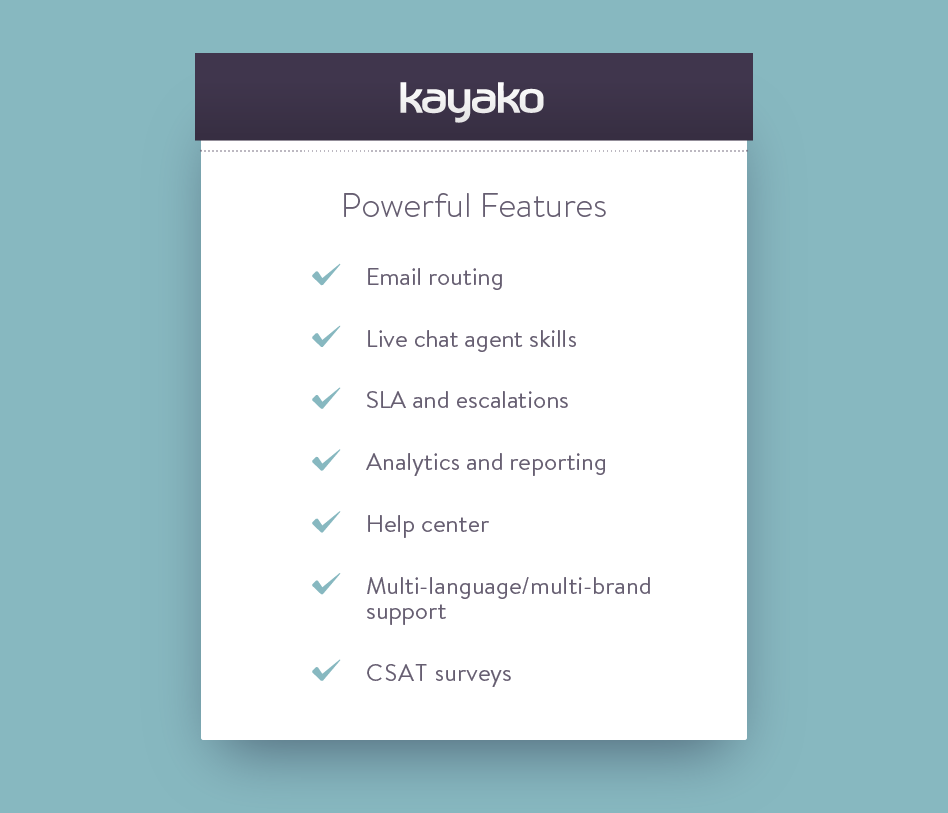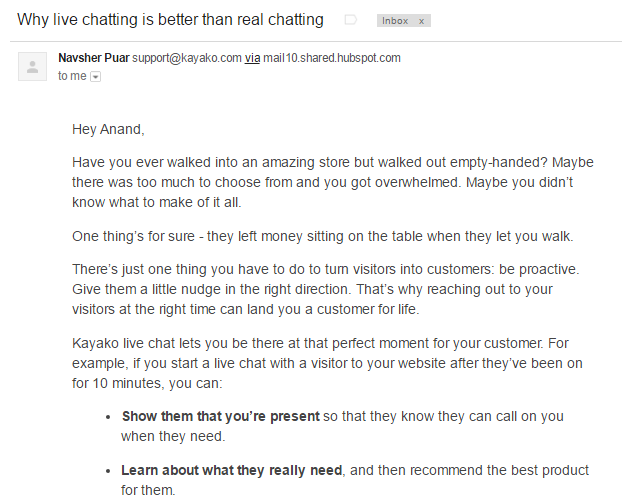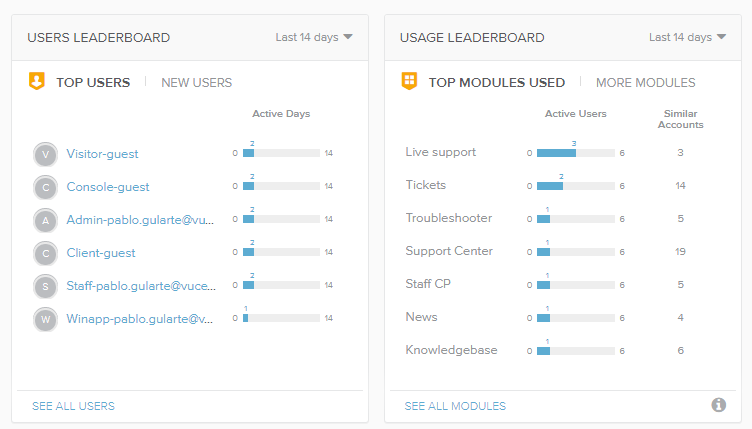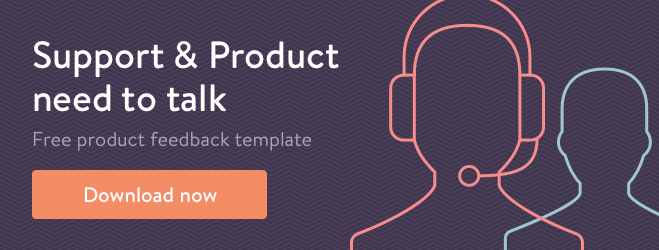When a potential customer visits your site, they’re already interested in your product. You’ve put lots of effort into testing the best homepage designs, optimized your branding to attract the right kind of customer, and you’re always trying to provide the right, helpful information at the right time. Customers don’t want to feel led down the sales funnel – they want to buy without feeling like they’ve been sold to.
But after the transaction is done, it can often feel like the help stops. It feels like you’ve just bought a brand new toy, but no one is going to give you help to put it together.
The process of introducing a customer to your product, is called onboarding. Onboarding is the process of assisting the user from the very beginning – until everything is setup for their needs. Just because your customer was sold on your product’s features, it doesn’t mean they know how to use them.
User onboarding is crucial for your growth. It allows you to unlock the inherent value of your product, and makes it “click” for more users.
“User onboarding is the process of increasing the likelihood that new users become successful when adopting your product.” —Samuel Hulick of UserOnboard.com
Just as onboarding new staff to your company is vital, customer onboarding is even more important. Customer onboarding in a SaaS product based organization is:
- Providing a helping hand to your brand new customers
- Demonstrating the value of your product
- Understanding and adapting to your customer’s needs
It’s all about mapping and creating your customer journey by engaging your customers. It’s a series of interrelated interactions that together, create a smooth and consistent ‘customer experience.‘
Why Onboarding is important for your customers
Customer onboarding does more than just introduce them to your product’s features. It can help to:
- Convert new leads to successful customers in less time
- Convert your existing customers to loyal advocates
- Reduce churn by building a relationship with customers
New users expect you to greet them, welcome them, and show them the value of your product. Great customer onboarding makes it easy for the customer to learn how to use your product.
When a new customer signs up for a trial, they don’t know how to use your product. They don’t know which features would be beneficial for them. And they might still not be sure whether your product is truly suitable for their needs
In just one month, Dan Wolchonok at Hubspot increased the number of users actively using their Sidekick product every week just by improving their customer onboarding process. Within 10 weeks, 25% of users were still using the product—rather than having only 10-15% of users active.
Implementing user onboarding can vividly improve user experience and overall satisfaction with your product or service.
Onboarding best practices
Your onboarding process should start the very moment your customer signs up for a trial. Marketing will see it as generating a new lead, but for support teams, it’s an opportunity for a new member join your community.
For a new user to become an active one, they must experience instant value. First, introduce a customer success manager or other named contact to them. The customer success manager will assure them they are there to facilitate their needs and set the product up with them.
The CSM should focus on understanding their requirements.
- What do they want to achieve using your product?
- What is their working environment like, what processes do they follow?
- How will your product best fit into their needs?
- What features must they use to experience the full value of your product?
Best practices for Onboarding?
Not all of the steps will be helpful for user onboarding.
Users don’t necessarily want to do the things you need them to do in order to be successful. You need to balance the user’s experience of onboarding with the friction of necessary steps. This is exactly how GainSight have made their customer onboarding process successful.
“Success can mean something different for each customer depending on their business, use case or team make-up. However, a successful onboarding experience should take into account these differences providing a unique blend of prescriptive, best practices, and individual business needs.”
Prepare a list of your most powerful features
Look at which functional areas will be most beneficial for your customers, and draw up a list of elements you want to reiterate during the onboarding process. As an example, here are a few of the features which our customers gain the most value from.

Start with Lifecycle emails
Every day you’ll have numerous users sign up for a trial. You would love to personally contact each individual, but you can’t manually reach every user. Instead, you can use automated lifecycle emails to save time whilst retaining a personal touch.
First welcome your new user and update them with their account details. You can also use learnings from support – like the most common questions received by new users – to provide useful links, how-to tips and more.
Then, use your automated emails to help nudge users towards the features and capabilities they need to get the most value from your product. Here’s one of our examples.

Help new users get to grips with a live demo
Just like emails, it would be almost impossible to offer a personal demonstration to each and every customer.
Plan and schedule an open webinar that demonstrates your features and focuses on the ultimate value of your product. These webinars also offer an opportunity to show new users how other users are being successful with your product, and can also head off a lot of simple questions that may otherwise overwhelm your support team. Here’s an example of our demo invitation page.

Assign a Customer Success Manager
Depending on the responses and level of interest you receive from lifecycle emails and the demo webinars, you will get a list of engaged, potential customers. Assigning a Customer Success Manager as their single point of contact, who orchestrates everything for them. The CSM gathers customer feedback through calls, sessions, and focuses on keeping the customer satisfied.
Detail your onboarding to-do list
Keep a to-do list for steps it takes to onboard new users. This will help you build a consistent process, and make sure you don’t miss anything that could cause a disruption or inconvenience later down the line.
Ensure your users to do the right things
Customers might have taken your product tour and know about the general features you offer, but it’s up to you to understand their needs and recommend the best use of the product for them. You need to ensure they use your product correctly by training them to use your product. You can do this with online guides and videos, or by scheduling a one-on-one remote training session.
During the training, it’s important to equip users with the motivation they need to engage in your product. After all, everything your product does will help them overcome their challenges and be more successful.
Keep an eye on their usage
Tools like Totango make it easy for you to understand exactly what your customer is doing with your product. You can quickly get a list of the actions they’ve performed and how much they’re using specific features. At Kayako, we use Totango to identify the features customers are interested in, and tailor conversations towards those.

Appcues have a list of even more tools you could use, and summarized the customer onboarding process beautifully:
“Without a rock-solid foundation of user onboarding, your new sign-ups are lost in the wilderness. User onboarding is your window of opportunity to unlock the real value of your app—get it right, and you build long-term retention and real growth for your company.”
Measuring your onboarding process?
User onboarding is about getting to that WOW moment as soon as possible. This makes for a better experience for your users, more returning customers, and increased revenue for you.
Track the number of days a new user gets to that WOW moment
If a customer can understand the core value of your product in less time, they are far more likely to continue using the service for an extended period. If the core value is recognized quickly, it results in a long-term relationship that can last years.
Track the average lifecycle of your users
Providing a better customer experience will always encourage your customers to stay with you for longer. Check the average churn of your existing and new users to ensure that onboarding is helping you improve your customer success process. You can also look to see whether the number of support queries are reduced, and whether there are patterns and frequently asked questions that could be answered by improving your process.
Set targets for the onboarding team
Measure the whole onboarding processes by tracking your customer support metrics. Once you have the right metrics for the onboarding team, you can gauge where you stand with onboarding process. An effective onboarding process will help your organization improve revenue, reduce churn, and build better relationships.
Collect feedback from users
You can always approach your customers to collect their feedback about what they think. They are the best judge to let you know how the onboarding process helped them, and what improvements you can introduce to make it more efficient.
Set customers up to win with excellent onboarding
Mastering customer onboarding is the best way you can successfully convert a free trial into a paying customer. You should always be looking to learn more about your users, and find better ways to teach them how to use your product. Ultimately a great customer onboarding process comes from understanding the customer and their needs, and proactively offering help and support at the right times. Your onboarding process is the one chance you get to leave a lasting impression with a customer, make the most of this opportunity or you just might seem them churn.
